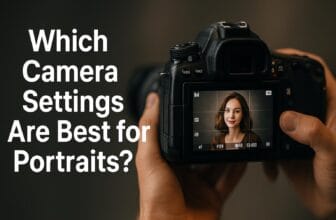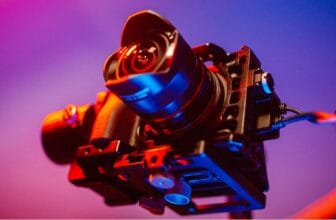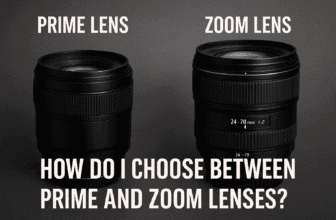
What Are the Best Cameras for Wildlife Photography? A Complete Buyer’s Guide
📸 Introduction
Capturing wildlife isn’t just about pointing a camera and clicking a button—it’s about freezing powerful, fleeting moments that reveal the raw beauty of nature. Whether it’s the graceful leap of a snow leopard or the intricate detail of a hummingbird’s feathers, choosing the right camera is critical to bringing those scenes to life.
With so many options on the market today, from DSLRs and mirrorless models to rugged and budget-friendly cameras, how do you pick the perfect gear? In this guide, we’ll break down the best options for every skill level and budget while answering key questions like:
- Is a DSLR or mirrorless camera better for wildlife photography?
- What’s the best affordable camera for wildlife photography?
- How many megapixels do I really need?
🦁 Top DSLR Cameras for Wildlife Photography
DSLRs remain a favorite for many wildlife photographers because of their fast autofocus systems, excellent image quality, and robust lens ecosystems. They’re especially great for action shots where precision and speed are key.
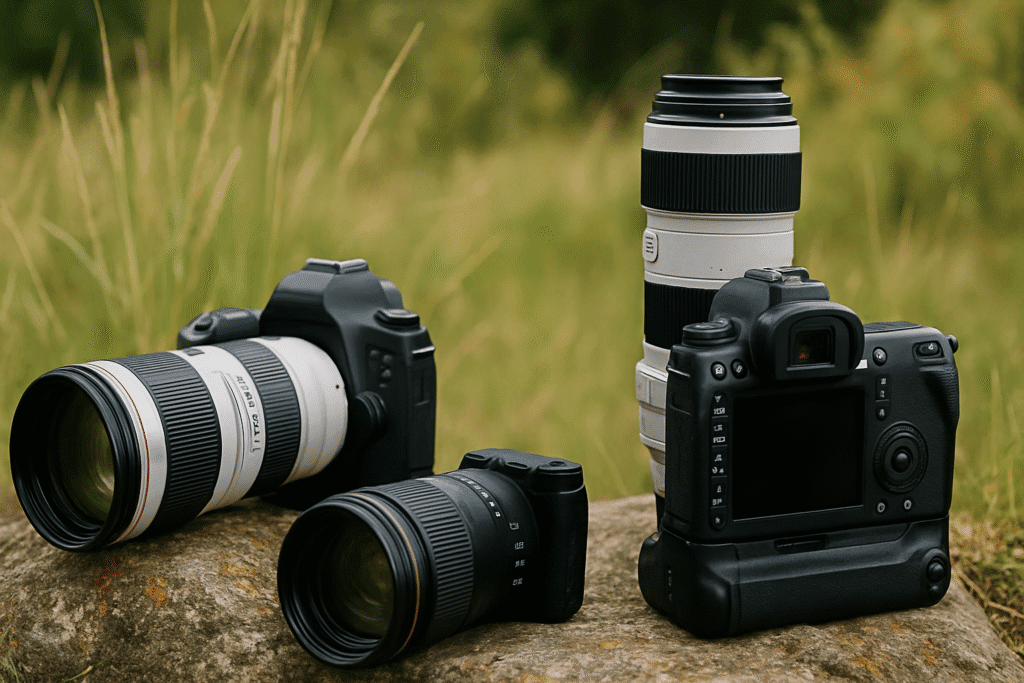
✅ Canon EOS 90D
- Sensor: 32.5 MP APS-C
- ISO Range: 100-25600
- Continuous Shooting: 10 fps
- Why It’s Great: Fast autofocus and high resolution make it perfect for capturing moving wildlife, even in low light.
✅ Nikon D500
- Sensor: 20.9 MP APS-C
- ISO Range: 100-51200
- Continuous Shooting: 10 fps
- Why It’s Great: Excellent build quality with weather sealing, perfect for harsh outdoor environments.
Pro Tip: Pair your DSLR with a quality telephoto lens like the Canon EF 100-400mm or Nikon 200-500mm to capture wildlife from a safe distance without disturbing them.
📷 Mirrorless Cameras With High Resolution
Mirrorless cameras have surged in popularity due to their lighter weight, faster burst rates, and advanced autofocus systems. If you’re after super sharp details, this is the category for you.
✅ Sony Alpha a7R IV
- Sensor: 61 MP Full-Frame
- ISO Range: 100-32000
- Continuous Shooting: 10 fps
- Why It’s Great: Insane detail and clarity, perfect for capturing the fine patterns of bird feathers or animal fur.
✅ Nikon Z7 II
- Sensor: 45.7 MP Full-Frame
- ISO Range: 64-25600
- Continuous Shooting: 10 fps
- Why It’s Great: Superior dynamic range and excellent color reproduction make your wildlife shots look lifelike.
🎒 Compact Cameras for Portability
Don’t want to lug around heavy gear? Compact cameras offer portability without sacrificing image quality. Ideal for long hikes and on-the-go wildlife spotting.
✅ Sony RX10 IV
- Sensor: 20.1 MP 1-inch
- Zoom: 24-600mm equivalent
- Why It’s Great: Incredible zoom range packed into a small body, making it perfect for spontaneous wildlife shots.
✅ Panasonic Lumix FZ300
- Sensor: 12.1 MP
- Zoom: 24x optical zoom
- Why It’s Great: Affordable and rugged, with weather-sealing—perfect for casual wildlife photographers.
🌧️ Rugged Cameras Built for the Outdoors
If you love venturing into rugged terrains, these cameras are built to handle dust, rain, and accidental drops while still delivering excellent image quality.
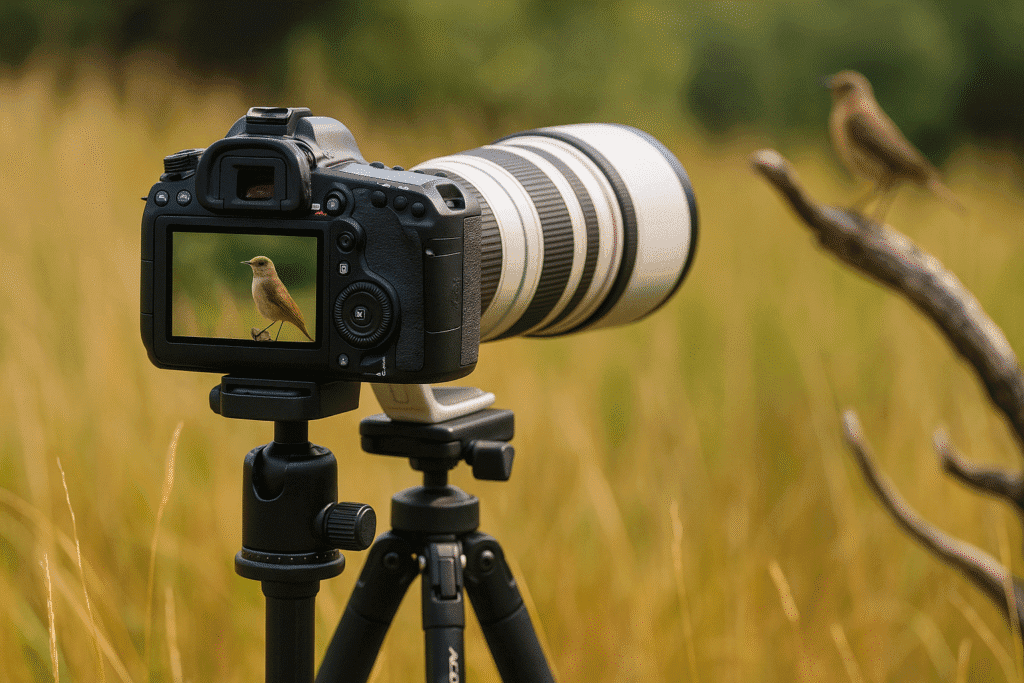
✅ Olympus Tough TG-6
- Waterproof: Up to 50 feet
- Shockproof: Up to 7 feet
- Why It’s Great: Compact, tough, and ready for any environment. Great for wildlife near rivers, beaches, and rainy forests.
✅ Ricoh WG-6
- Waterproof & Dustproof: Built for harsh conditions
- LED Ring Light: Great for macro wildlife shots
- Why It’s Great: Perfect for capturing tiny creatures up close.
💰 Budget-Friendly Options for Beginners
Starting out? These affordable cameras deliver great results without emptying your wallet.
✅ Nikon D3500 (DSLR)
- Sensor: 24.2 MP
- Why It’s Great: Simple controls and excellent image quality make it a top pick for beginners.
✅ Canon EOS Rebel T7 (DSLR)
- Sensor: 24.1 MP
- Why It’s Great: Easy-to-use interface with a solid autofocus system for action shots.
✅ Sony Alpha a6000 (Mirrorless)
- Sensor: 24.3 MP
- Why It’s Great: Compact and lightweight with fast autofocus, ideal for capturing wildlife on the move.
📚 DSLR vs Mirrorless for Wildlife Photography: Which Is Better?
| Feature | DSLR | Mirrorless |
|---|---|---|
| Weight | Heavier | Lightweight |
| Lens Selection | Wide Variety | Expanding Fast |
| Battery Life | Longer | Shorter |
| Autofocus Speed | Excellent | Advanced with Eye Tracking |
| Image Quality | High | Exceptional with New Sensors |
➡️ Verdict: If you’re after lightweight convenience and fast autofocus, go mirrorless. Prefer rugged gear and extended battery life? Stick with DSLR.
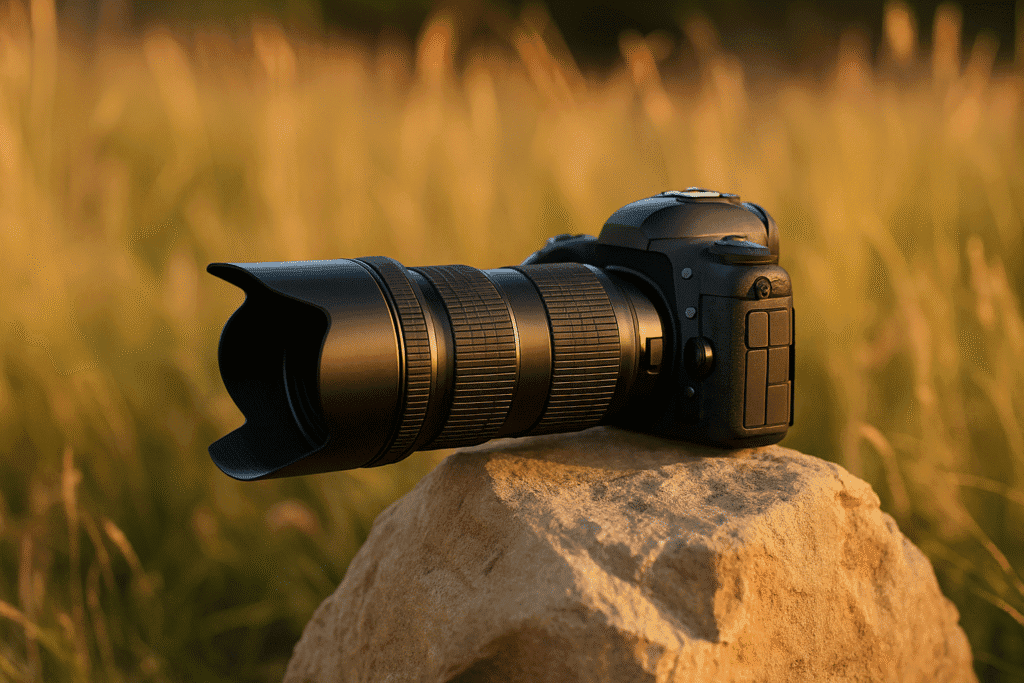
📏 How Many Megapixels Do You Really Need for Wildlife Photography?
- 12-24 MP: Great for beginners and casual shooting.
- 24-36 MP: Ideal for enthusiasts looking for better detail and cropping flexibility.
- 40+ MP: Best for professionals who need high resolution for prints or detailed wildlife close-ups.
Tip: Higher megapixels aren’t always better if you don’t have the right lenses or stabilization. Prioritize sensor size and lens quality!
🔧 Final Thoughts: Choosing the Right Camera for Wildlife Photography
Wildlife photography is about patience, timing, and having the right equipment to capture those once-in-a-lifetime moments. Whether you’re an aspiring beginner or a seasoned pro, the perfect camera is out there waiting for you.
- Looking for an affordable start? Go with the Nikon D3500 or Canon EOS Rebel T7.
- Want professional-level shots? Try the Sony Alpha a7R IV or Nikon Z7 II.
- Love traveling light? The Sony RX10 IV is your best friend on long treks.
Now it’s your turn!
Have you used any of these cameras for wildlife photography? Got a favorite model we missed? Let me know in the contact form and help fellow photographers capture the beauty of the wild!

I am a USMC Veteran who worked with a Lot of computers and Technology while I was in. I became hooked and learned a lot in my 20 years.
At my store, I am passionate about bringing you the latest tech products that enhance your everyday life. Our mission is to provide quality, innovation, and value, making sure you find the perfect gadgets to fit your needs. Thanks for Your Support.. Larry Mac

